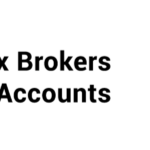In this article, I’ll cover the How Much Does It Cost to Create, Market & Sell an NFT. Launching an NFT is expensive.
- How Much Does It Cost to Create, Market & Sell an NFT
- Here’s a step-by-step guide on How Much It Costs to Create, Market & Sell an NFT:
- Step 1. Decide on your NFT concept.
- Step 2. Create your digital asset
- Step 3. Choose a Blockchain
- Step 4. Mint your NFT
- Step 5. Sell your NFT
- Step 6: List and sell your NFT
- Step 7: Collect Royalties (Optional)
- Step 8: Track and Optimize (Wrap Up)
- Factors That Affect Total Cost
- Choice of the Blockchain
- Complexity of the NFT
- Creation of the Artwork
- Marketing Plan
- Fee of the Marketplace
- Gas Fees or Tx Fees
- Royalties Configuration
- Size of the NFT or Collection
- Timing and the State of the Market
- Tips to Reduce NFT Costs
- Pros & Cons
- Conclusion
- FAQ
It includes fees for minting and creating artwork, marketing, and marketplace commissions. Understanding these expenses will help creators work within a budget, pratique cost-effective strategies, and maximize profits when creating digital collectibles and blockchain assets.
How Much Does It Cost to Create, Market & Sell an NFT
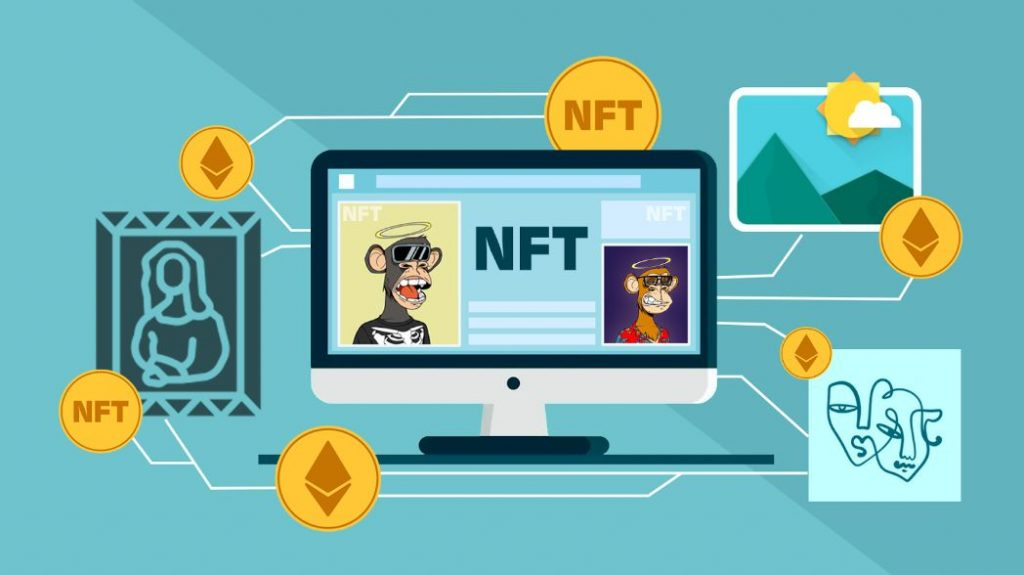
Here’s a step-by-step guide on How Much It Costs to Create, Market & Sell an NFT:
Step 1. Decide on your NFT concept.
- Decide what NFT you want to create, is it an artwork, a piece of music, a video, a 3D model, or a collectible?
- The more complicated an NFT is the more expensive it is to create.
- the cost of making it is $0 for DIY, and $50-$1,000+ for commissioned works of an artist or a designer.
Step 2. Create your digital asset
- Work with applications such as Photoshop, Illustrator, Blender, or Canva.

- You can incorporate animations, music, or other interactive features.
- The cost of creating your asset ranges from $0 to $500+ depending on what you have created and what tools you have.
Step 3. Choose a Blockchain
- Ethereum (higher fees but with more marketplaces to support).
- Polygon, Solana (lower fees and faster transaction times).
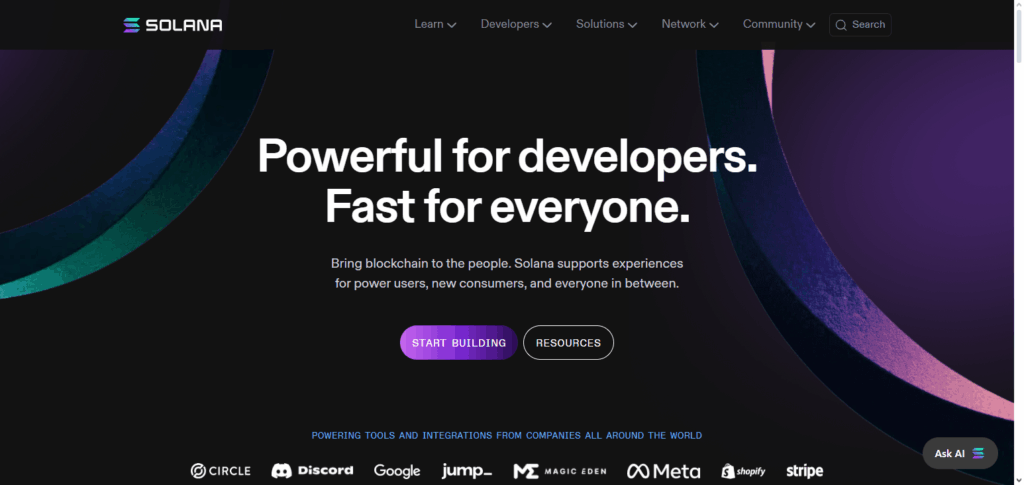
- The cost for minting an asset is $5-$200+ depending on how congested the network is.
Step 4. Mint your NFT
- You can upload your assets to NFT marketplaces such as OpenSea, Rarible, and Magic Eden.
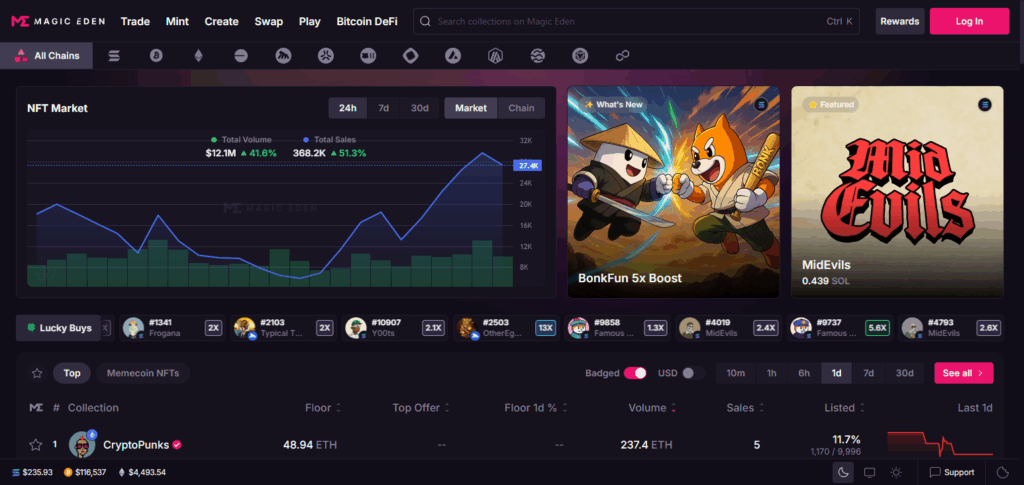
- Make your title and description stand out, and how much you want to charge for royalties.
- The minimum fee for minting is $5, and the maximum fee is $200 for every NFT you mint.
Step 5. Sell your NFT
- The can be promoted on various social media including Twitter, Instagram, TikTok, and Discord.
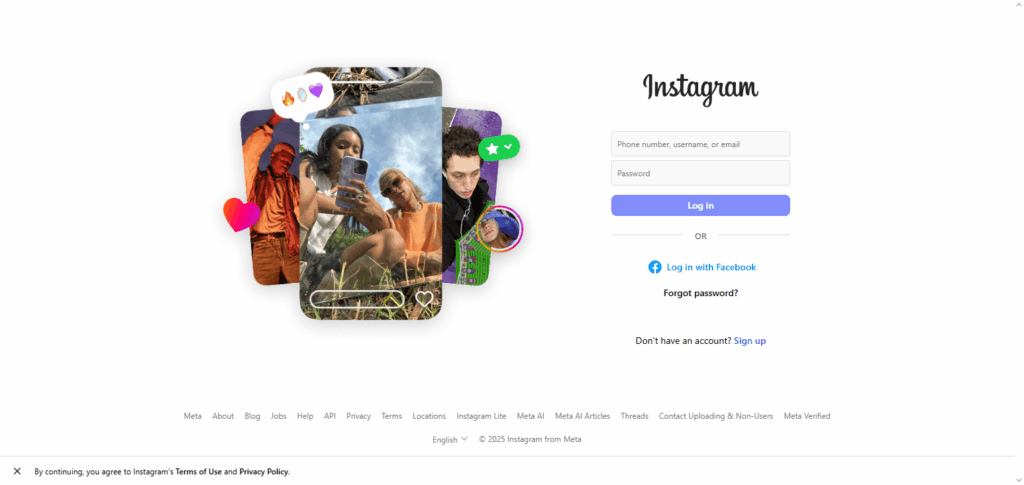
- Work with NFT Influencers and run giveaways to grow your audience.
- Sell on the NFT marketplaces you have uploaded your works of art and charge a fee.
Step 6: List and sell your NFT
- Name a price and place your NFT on the chosen marketplace.
- Pay marketplace commission on sold NFTs (2.5%-5%).
- Transaction/gas fees apply upon ownership transfers.
- Gas fees cost: $5-$100+, and commission applies per sold NFT.
Step 7: Collect Royalties (Optional)
- Automatically gather a percentage (typically 5%-10%) for resale of the NFT.
- No cost is associated with upfront payments for royalties.
Step 8: Track and Optimize (Wrap Up)
- Observe NFT sales, engagement, and the ROI from the NFT’s marketing.
- Revise the marketing approach and NFT price for higher earnings.
- Value: your time primarily.
Factors That Affect Total Cost
Choice of the Blockchain
- Ethereum: Higher minting and gas fees.
- Solana/Polygon: Lower fees, cheaper transactions.
Complexity of the NFT
- Static images: Lower cost.
- Animated, 3D, or interactive NFTs: Higher creation cost.
Creation of the Artwork
- DIY: Minimal cost.
- Employing artists or designers: \$50–\$1,000+ depending on skill level.
Marketing Plan
- Organic promotion: Free but slower results.
- Paid ads, influencer marketing or PR campaigns: \$50–\$1,500+ depending on the scope.
Fee of the Marketplace
- Different platforms have different listing fees and auction commission rates ranging from 2.5%–5%.
Gas Fees or Tx Fees
- Vary depending on how congested the blockchain network is and the size of the NFT.
- Most commonly range from \$5–\$200+.
Royalties Configuration
- Higher royalties reduce profit instantaneously but in the long run can be beneficial.
Size of the NFT or Collection
- Single NFT: Costs are in unit.
- Larger collections: Can reduce the cost per NFT but higher initial total investment.
Timing and the State of the Market
- Higher demand can increase gas rates and marketing spend.
Tips to Reduce NFT Costs
Choose a Low-Fee Blockchain: To save on gas and minting fees use Polygan, Solana and others over Ethereum.
Create Your Own Artwork: Use NFT creators and low cost design applications, rather than spending thousands on hiring professional artists.
Start with a Small Collection: To save on initial investments, offer a small limited collection of NFTs.
Use Free Marketing Channels: Use Discord, X Twitter, Sponsored Ads on Instagram, and other advertising free NFT platforms.
Optimize Minting Timing: To save on gas and blockchain fees, mint your NFTs at the wee hours of the morning.
Bundle NFTs: To save on listing and minting fees sell your NFTs in a pack.
Leverage Community Engagement: Use community events like AMAs and giveaways to drive down spending on ads.
Avoid Unnecessary Extras: If you are on a limited fund, postpone optional features like 3D, animations, and music.
Compare Marketplaces: Use platforms with lower commission and listing fees to list your NFTs to maximize earnings.
Reinvest Sales for Marketing: Rather than upfront spending for advertising, reinvest profits from initial sales for ongoing marketing.
Pros & Cons
| Pros | Cons |
|---|---|
| Helps creators plan and budget effectively. | Costs can vary widely depending on blockchain and NFT complexity. |
| Provides transparency on potential expenses like minting, marketing, and marketplace fees. | High upfront investment may discourage beginners. |
| Encourages efficient strategies to reduce expenses. | Gas fees and network congestion can make costs unpredictable. |
| Allows creators to compare platforms and choose cost-effective options. | Marketing and promotion can be costly and time-consuming. |
| Understanding costs can maximize profits and ROI. | Not all NFTs sell, so some investments may not yield returns. |
Conclusion
The main costs associated with creating, selling, and marketing an NFT are the NFT minting fees and marketplace royalties, costs associated with the artwork, as well as spending on advertising.
Depending on the promotional activities, the NFTs with the best quality can range in the thousands, whereas NFTs which are not as prominent can rest in the low figurative dollar range.
With the right insights, planning, and strategies which include the low fee blockchains, free advertising techniques, and self created dime art NFTs, profits can be maximized and expenses minimized.
With the right techniques, the NFT can be created in a manner which is visually appealing and is also makes monetized sense.
FAQ
Do I need to hire an artist to create an NFT?
No. You can create NFTs yourself using design tools, but hiring artists may cost $50–$1,000+ depending on complexity.
How much does it cost to mint an NFT?
Minting fees depend on the blockchain. Ethereum can cost $50–$200+, while Polygon or Solana usually cost $1–$20.
What are marketplace fees for selling NFTs?
Most marketplaces charge 2.5%–5% commission on each sale, plus potential listing or promotional fees.
How much should I spend on marketing?
Marketing costs vary widely. You can promote for free via social media or spend $50–$1,500+ on ads, influencer partnerships, or PR campaigns.
Can I reduce NFT costs?
Yes. Tips include using low-fee blockchains, DIY artwork, free marketing channels, launching smaller collections, and timing minting during low network congestion.






